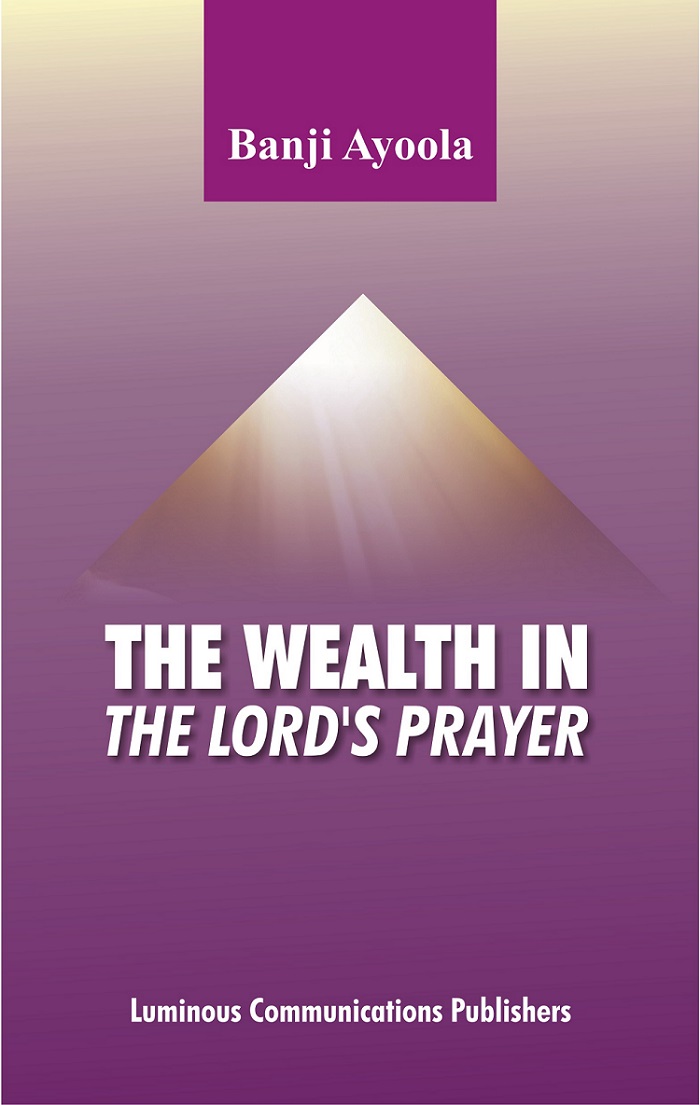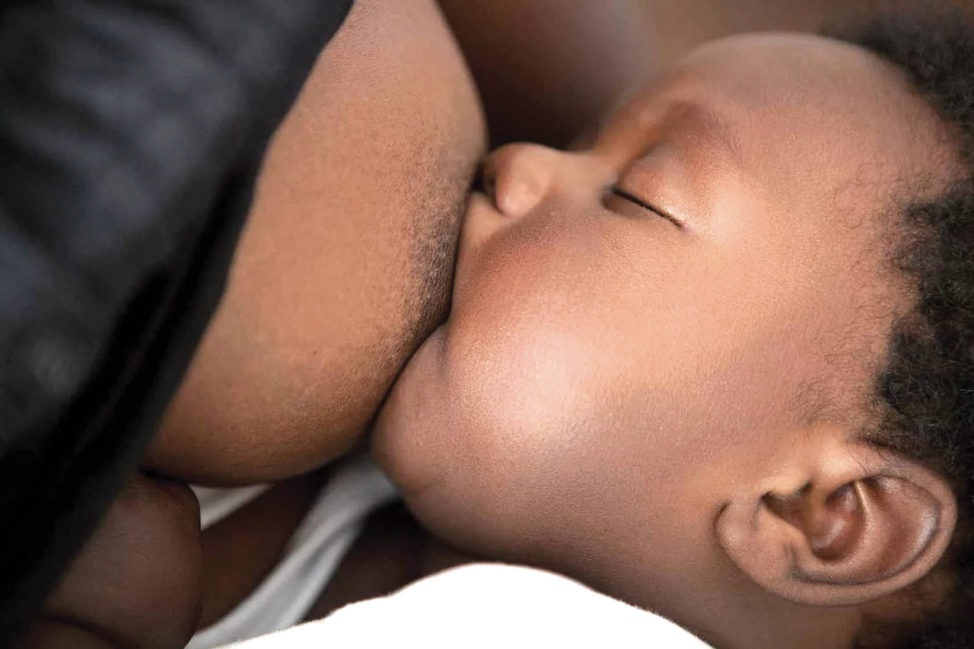Photo credit: google.com/search
The World Health Organisation (WHO) has consistently advocated exclusive breastfeeding for the first six months of the life of a baby and continued breastfeeding until the child turns two. To drive this cause, the global health body set aside every August 1-7 as WBFW. Dissecting the theme for this year’s WBW, ‘Protect Breastfeeding, A Shared Responsibility’, health experts called for adequate support for breastfeeding mothers. Many mothers have also latched on the occasion to speak about their breastfeeding experiences, especially as regards the WHO recommendation that a child should be breastfed for up to two years.
A businesswoman, Kemi Omolara, also shared her experiences: “I exclusively breastfed my two kids and continued till they both clocked one before I weaned them. Breastfeeding has caused me saggy breasts. My husband actually wanted me to stop around the time they were nine months; he said the trouble was too much.”
Augustina Martins, who breastfed her daughter exclusively for six months and has continued to breastfeed her even at 11th month, noted: “The way my daughter sucks is something else and my husband wants our baby to continue sucking but I am already getting worn out. It’s not easy; the time I want to sleep that’s when the baby will start crying for breast or when I am busy with something, my baby will start crying and I have to leave everything and attend to her.”
For Fumnanya Ogeh, it is weird to expect a mother to breastfeed a child for two years. “Where will this breastfeeding be done? Only inside the house? What do you think people around you will say for a child whose speech is becoming clearer and teeth sharper to still be sucking breast. I am not sure I want to go through that kind of embarrassment,” she said.
But Josephine Ezeh told The Guardian that she breastfeeds her 19-month-old baby in the public and pays no attention to what anyone thinks. “Any comment I get from strangers, I just thank them and continue breastfeeding. My baby even requests for breast milk,” she enthused.
Joy Bernard is a mum of three kids, who stopped breastfeeding each of them as soon as they turned one because they were already eating ‘adult’ food. She also didn’t lactate well, which she blamed on the stress from running her business.
However, she was bothered about the look of her breasts. “Before having kids, my friends would always admire and hype my breast when I go naked. But now, I can’t even stand alone in front of the mirror to look at those two saggy ‘items’. All mothers definitely deserve weekly honours,” she said.
Basirat Omoyayi stated: “After age one, breast milk is a snack for them. It does not contain all the other nutrients and vitamins they require to grow. That is why naturally grown foods, fruits and veggies are required for their nutrition.”
Speaking in the same vein, Wuraola Ayo, who exclusively breastfed her baby for five months and weaned her at the 14th month said “breastfeeding has made my breasts saggy and I’m so insecure about them now.”
A nursing mum, Fiyitoluwa Ire, said: “I have three boys and did exclusive for all of them. The last is nine months old, who I am still nursing; his elder brothers were weaned at a year and six months. I battle with sore nipples some times and recently had a surgery due to an abscess in my breast. My husband loves that his children are breastfed. At times, I even get upset because any little cry, he would want me to put the baby to breast.”
Another mum, Oluwafumbi Aigbekaen, recalled: “Breastfeeding my first baby was so easy. I did exclusive breastfeeding for six months, then came the struggle for her to eat anything other than breast milk after the sixth month. For my second baby, as soon as she got out of me in the hospital, it was as though hunger sent her out. She started sucking the cord that was used to suction her nose.
“I didn’t lactate early and she was hungry. She had sepsis and her sugar level was low. By the time I was lactating, she wasn’t latching and had to be given formula. She suckled for a few more months alongside being bottle-fed, then she had nipple confusion and refused my breast at three months.”
According to a nurse and founder, Pregnancy Lounge, Tosin Matthew-Akinsiku, the theme for this year’s WBFW simply implies that all women need good support from their families, friends, colleagues and likewise people in the community to breastfeed without any form of prejudice.
She described breastfeeding as one of the most effective ways of ensuring child health and survival. She, however, expressed regret that nearly two out of three infants were not exclusively breastfed for the recommended six months.
“Breast milk is the ideal food for infants. It is safe, clean and contains antibodies, which help to protect against many common childhood illnesses. Breast milk provides all the energy and nutrients that the infant needs for the first months of life, and continues to provide up to half or more of a child’s nutritional needs during the second half of the first year, and up to one third during the second year of life, according to WHO,” Matthew-Akinsiku explained.
The maternal health advocate noted that despite the benefits of breast milk, some infants were not breastfed due to some factors like mothers having complications after delivery, being a less privileged or young mother who absconded after delivery, being teenage mothers who had postpartum depression, perceived breast milk inadequacy and some mothers who do not want their breast to sag.
“If mothers are sensitised and adequately informed by their health providers on the benefits of breast milk to mothers and babies; if enlightened on how to position themselves and the babies while breastfeeding to avoid back and shoulder pain; if sensitised on food boosters to aid lactation, adequate fluid intake and having enough rest, she should be empowered enough and be ready to breastfeed without complications,” she added.
“That means its primary function is breastfeeding the young one before it serves fashion purposes. As it comes in different shapes and sizes, sagging can very much occur irrespective of using it to breastfeed a baby or not. It is crucial for women to surf information on care of the breast and take good care of them, but not deny the poor babies their meals.
“The physical and mental development of any baby should be of utmost importance to the mother as this lays the foundation for the baby’s entire journey in life. This important function of the woman’s breast should likewise be recognised by the men. Pregnant and new mothers should understand that adequate care of the breast places more vital role in keeping them firm, and not breastfeeding your baby is no guarantee that your breast will not sag.”
She posited that studies had shown that breastfeeding is not necessarily related to droopy breast, explaining that when a woman is pregnant, the connective tissues in her breasts stretch out.
“So, it is important to note that your breast might become saggy even if you choose not to nurse your newborn. The female breast comes in different shapes and sizes; it usually changes both before and after breastfeeding. To prepare for nursing, your breast tissue and milk-producing glands enlarge and become fuller; they slowly become smaller after breastfeeding. It will appear and feel softer, less full than when you were nursing, resulting in a droopy appearance. For your breasts to regain its pre-pregnancy size and shape, many factors come into play- your age, genetics and weight gain during pregnancy,” she explained.
Mathew-Akinsiku gave some tips on how sagging of breasts could be prevented. These include wearing supportive bra, practising good posture, especially when breastfeeding.
To a lactation consultant, Titilayo Medunoye, the benefits of breastfeeding are enormous. “For the mother, it enhances early maternal-infant bond, it aids involution of uterus, it saves money. Prolonged breastfeeding prolongs anovulation as it has capacity to halt ovulation. This requires very frequent breastfeeding of two to three hours. Long-term breastfeeding helps in loss of excess weight acquired during pregnancy and it reduces risk of breast cancer, ovarian cancer, endometrial cancers, cardiovascular disease and type-2 diabetes mellitus,” she said.
For the baby, Medunoye stated that breastfeeding provides the highest amount of nutrition; protects the baby against allergies and skin eczema, reduces chances of stomach upset, diarrhea and constipation, which are mostly caused by formula. “It also reduces the risk of viruses, adulthood diabetes, inflammatory bowel disease, gastroenteritis, respiratory diseases and so on,” she added.
The Guardian






